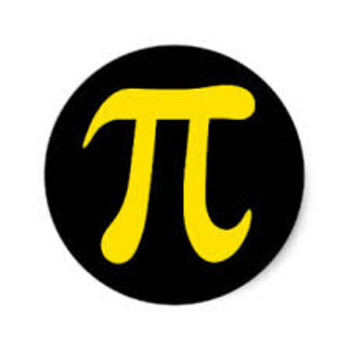What fraction is between #1/3# and #1/2# ?
5 Answers
There are infinitely many possibilities, but the midpoint between
Explanation:
For any two numbers
So to find a fraction between
#1/2(1/3+1/2) = 1/2(2/6+3/6) = 1/2(5/6) = 5/12#
Explanation:
First, make the denominators equal:
Now figure out the middle number between the numerators:
Since
Check the answer:
so
There are many ... but
Explanation:
There are many fractions between
If you use the LCD you end up with
The values between
However, use a larger value in the denominator:
Now it is easy so see that a fraction exactly between them is
Consider an even bigger value in the denominator:
Now we have the fractions:
You can continue in this using larger and larger values and each time you will find more and more fractions between
There are infinitely many equivalent fractions.
Explanation:
The fraction
Proof:
Assuming that
The middle term
That means
In our case the fraction between
It's a nice trick if you need a fraction between fractions quick.
Ford's circles are closely related to that.






